Premium Only Content
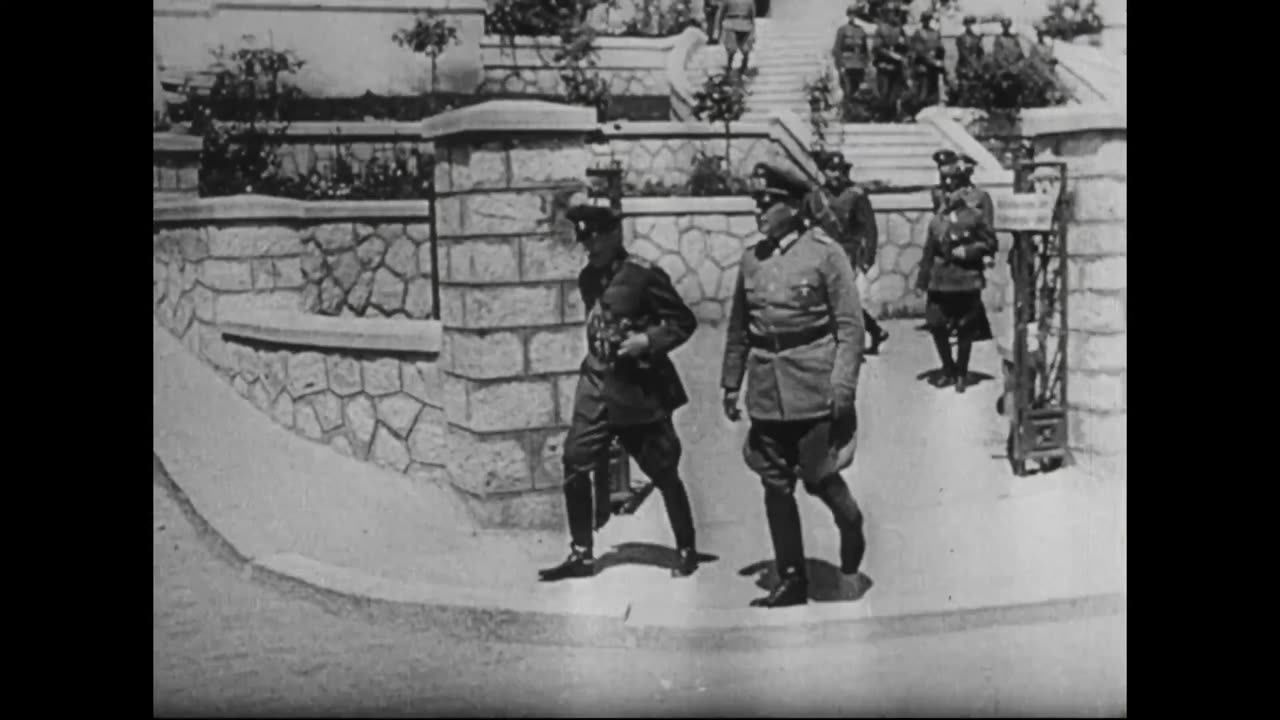
Why We Fight: The Battle of Russia
This motion picture film examines the war in Russia, 1941-1943. Reel 1 dramatizes Russia's military history. Alexander Nevsky defeats the German knights in 1242. The Swedes are defeated in 1704 in a cavalry battle at Poltava. French troops retreat from Moscow in 1812. Kaiser Wilhelm inspects troops on the Eastern front in 1917. Reel 2 shows mine operations, agricultural scenes, oil fields, and manufacturing scenes. People of many ethnic groups present native dances. Civilian and military units parade in Moscow. Maksim Litvinoff asks the League of Nations to aid Ethiopia in 1935. Reel 3 maps Axis expansion into eastern Europe. Hungarian, Rumanian, and Bulgarian troops parade prior to Nazi occupation. Footage shows puppet leaders Admiral Miklos von Nagybanya Horthy, General Ion Antonescu, King Michael of Romania and King Boris of Bulgaria. Adolf Hitler and Generals Wilheim Keitel and Alfred Jodl meet. Nazis march through Hungarian cities. Yugoslavian cities are bombed and Greece is occupied. Tanks roll from Russian assembly lines and troops are inducted. German panzer divisions invade Russia in June 1941. Reel 4 maps the German advance in 1941 and analyzes Russian strategy. Hitler makes a victory speech in October. Footage shows intense street fighting in Sevastopol. Russians of all ages are mobilized. In Reel 5, houses, factories, and a large dam in the Ukraine are burned or dynamited before the advancing Nazis. Guerilla units draw arms and then dynamite Nazi installations. Joseph Stalin, Vyacheslav Molotov, and other leaders pose. Red troops parade in Moscow in Dec. 1941. In Reel 6, citizens pray in churches on Christmas Day. Russian tanks, cavalry units, and ski troops advance beneath air support. Villages are liberated and refugees return. In Reel 7, dead and tortured Russian civilians are found. Footage shows prewar Leningrad. Barricades are erected. The city is intensively bombed. In Reel 8, the city is besieged. Women remove rubble from streets. Defenses are manned. Food is rationed. Shell manufacture continues. Supplies are brought in by truck, tractor, and railroad across frozen Lake Ladoga. Winter snows blanket the city. Nazi planes bomb trucks on the lake. The spring thaw arrives. Children play in the sunshine. German prisoners enter the city. Reel 9 maps the battle for the Caucasus and the Crimea. Stalingrad is bombarded from the air by artillery and house-to-house fighting is shown. Reel 10 maps the Russian encirclement of Nazis at Stalingrad. Marshal Nikolai Voronoff confers with his aides. The encircling Red armies meet in Dec. 1942. Flamethrowers, rockets, and artillery are used to force the surrender of remnants of 22 Nazi divisions. The final scene maps Russian gains and cites statistics on Nazi losses thus far in the campaign.
-
 2:38:54
2:38:54
TimcastIRL
12 hours agoElon Secret Child Scandal ERUPTS, Ashley St. Clair Story Goes Viral w/Bethany Mandel | Timcast IRL
181K115 -
 2:04:52
2:04:52
Kim Iversen
14 hours agoElon's Pumping Out Babies Like They're Tesla Model 3's | EU Panics Over Peace Talks, Wants More War
168K160 -
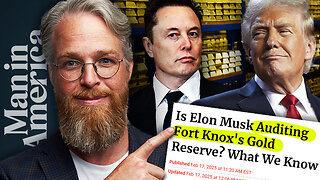 1:05:35
1:05:35
Man in America
17 hours agoFort Knox & Trump’s Secret Gold Move—The Financial Reset NO ONE Is Ready For?
119K133 -
 2:21:20
2:21:20
Robert Gouveia
13 hours agoTrump Goes to SCOTUS! Judge CAVES on DOGE? Fani Willis Not Happy!
127K32 -
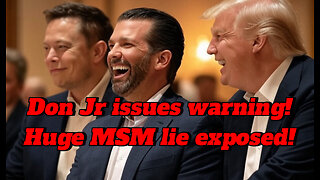 20:41
20:41
Stephen Gardner
13 hours ago🔥You Won't BELIEVE What JUST Happened To Don Trump Jr.!!
134K219 -
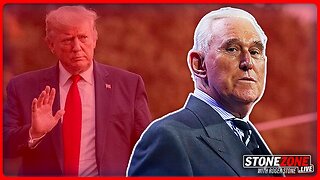 58:00
58:00
The StoneZONE with Roger Stone
12 hours agoEuropean Leaders Resist Trump Peace Overtures To Their Own Demise | The StoneZONE w/ Roger Stone
95.8K12 -
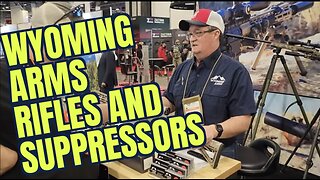 9:29
9:29
AlaskanBallistics
13 hours ago $12.11 earnedWyoming Suppressors and Rifles at Shot Show 2025
113K6 -
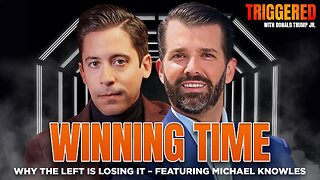 1:06:40
1:06:40
Donald Trump Jr.
17 hours agoThe Left is Taking one L After Another, Live with Michael Knowles | Triggered Ep. 217
201K153 -
 47:17
47:17
Kimberly Guilfoyle
17 hours agoWoke Gets DOGE’d, Live with AJ Rice & Jarrett Stepman | Ep. 197
145K45 -
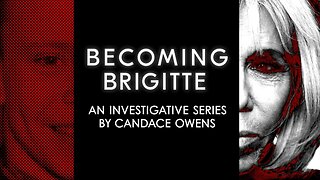 20:11
20:11
Candace Show Podcast
16 hours agoBecoming Brigitte: Candace Owens x Xavier Poussard | Ep 6
218K376